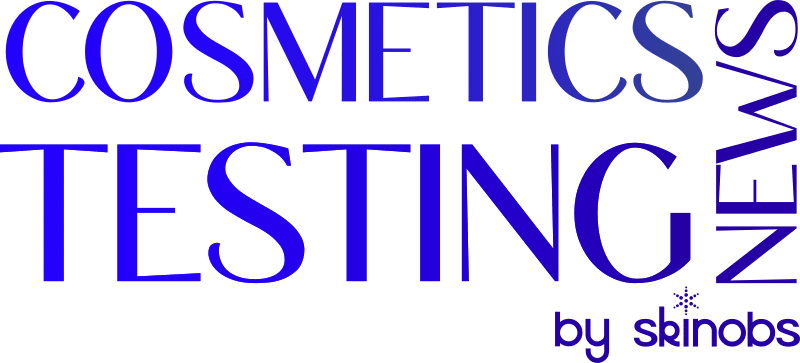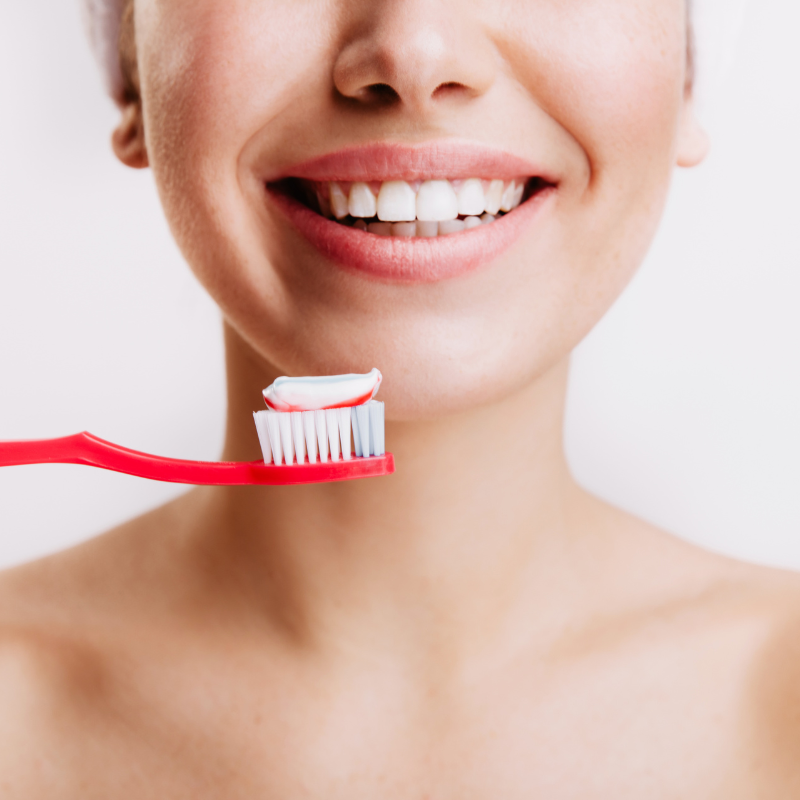By Jin-Sun Jeong, Kyeong-Seop Kim, Yu Gu, Da-Hyun Yoon, Meng Zhang, Ling Wang, Jeong-Hwan Kim
Abstract
Background: The integration of artificial intelligence (AI) into healthcare has led to promising advancements in clinical decision-making and diagnostic accuracy. In dentistry, automated methods to evaluate oral hygiene measures, such as dental plaque detection, could improve patient care and streamline remote assessments.
Objective: This study aimed to develop and evaluate a deep learning (DL)-based system that automatically detects and quantifies dental plaque, using a standardized plaque index, from intraoral images.
Methods: Seventy participants were assessed using the Quigley-Hein plaque index, a clinical measure of plaque accumulation, following the application of a plaque-disclosing agent. Images were captured before and after dye application. Each tooth was labeled using the LabelMe software, indicating both tooth number and plaque presence for training and validation of the DL model. The performance of the DL-based system was statistically compared to the assessments of a highly experienced dentist (10 years) and a dental hygienist (1 year).
Results: After data augmentation, the DL model achieved a micro-average accuracy of 73.67% and a macro-average accuracy of 65.15%, with a precision of 76.34%, recall of 65.15%, and an F1 score of 66.15%. Statistical analysis showed no significant difference between the DL model’s performance and that of the experienced dentist (P > 0.05), supporting its clinical reliability.
Conclusion: The DL-based system successfully automated the evaluation of dental plaque from images, performing comparably to an experienced clinician. These findings underscore the potential for AI-driven plaque assessment tools to enhance digital dentistry, potentially supporting remote dental evaluations and improve oral healthcare delivery.
Keywords: Artificial intelligence (AI); Deep learning; Dental image; Dental plaque; Oral hygiene; Plaque index.





